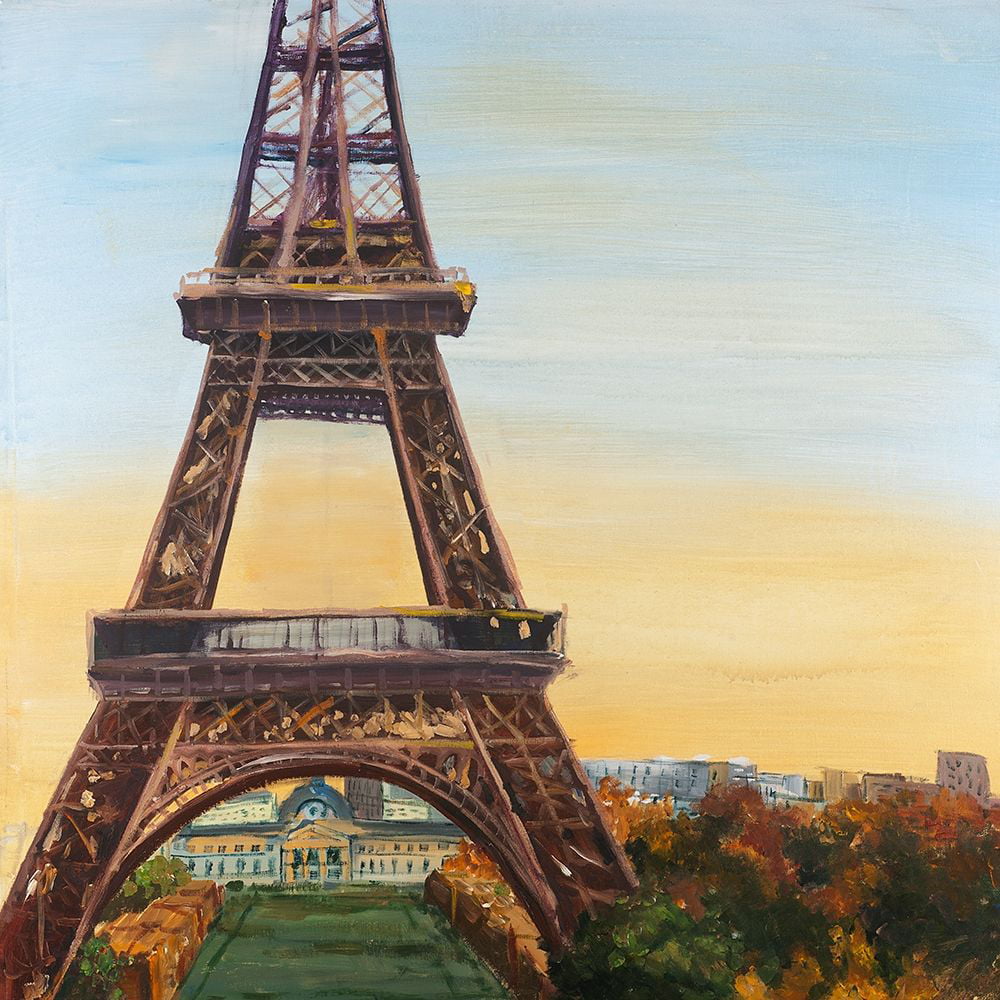

To do the ground, I first aligned my traceable to see where the bottom of the Eiffel Tower matches up. Continue to paint these expressive strokes until your canvas is filled (except for a gap on the bottom). Be careful not to get the center too dark. If it gets too dark, you can always add more white to your brush. To achieve this, add a little more black to the brush. The edges of the painting are darker gray. Keep the very center of the painting bright and white (don’t add too much black/gray to that area). We want this background to be lightest in the middle and gradually get darker as it reaches the edges.Ĭontinue to blend the black and the white to create a light gray. The bit of black will blend in with the white to create a gray. In other words flip your brush from side to side to create expressive strokes.īefore anything dries, load the corner of your brush in a little bit of mars black (don’t rinse that white off – double load this brush).ĭo the same style of strokes. Paint a blob of pure white in the middle with “X style” or “flip flop” style strokes.

Start with titanium white and your 3/4″ flat brush. Get your supplies ready! You’ll need cadmium red medium, titanium white and mars black. You’ll also need a 3/4″ flat brush, a #12 flat/bright brush and a #4 round brush. Go to the PDF library here for the printable. Print this out on a standard size 8.5″ x 11″ sheet of paper.
#EIFFEL TOWER PAINTING HOW TO#
You’ll learn how to blend the gray on your canvas to create just the right contrast. The different shades of gray that you see were used by using different amounts of the black and the white. Project Type: Acrylic Painting / Category: City Color PaletteĪs stated before, there were only three colors used in this painting.


 0 kommentar(er)
0 kommentar(er)
